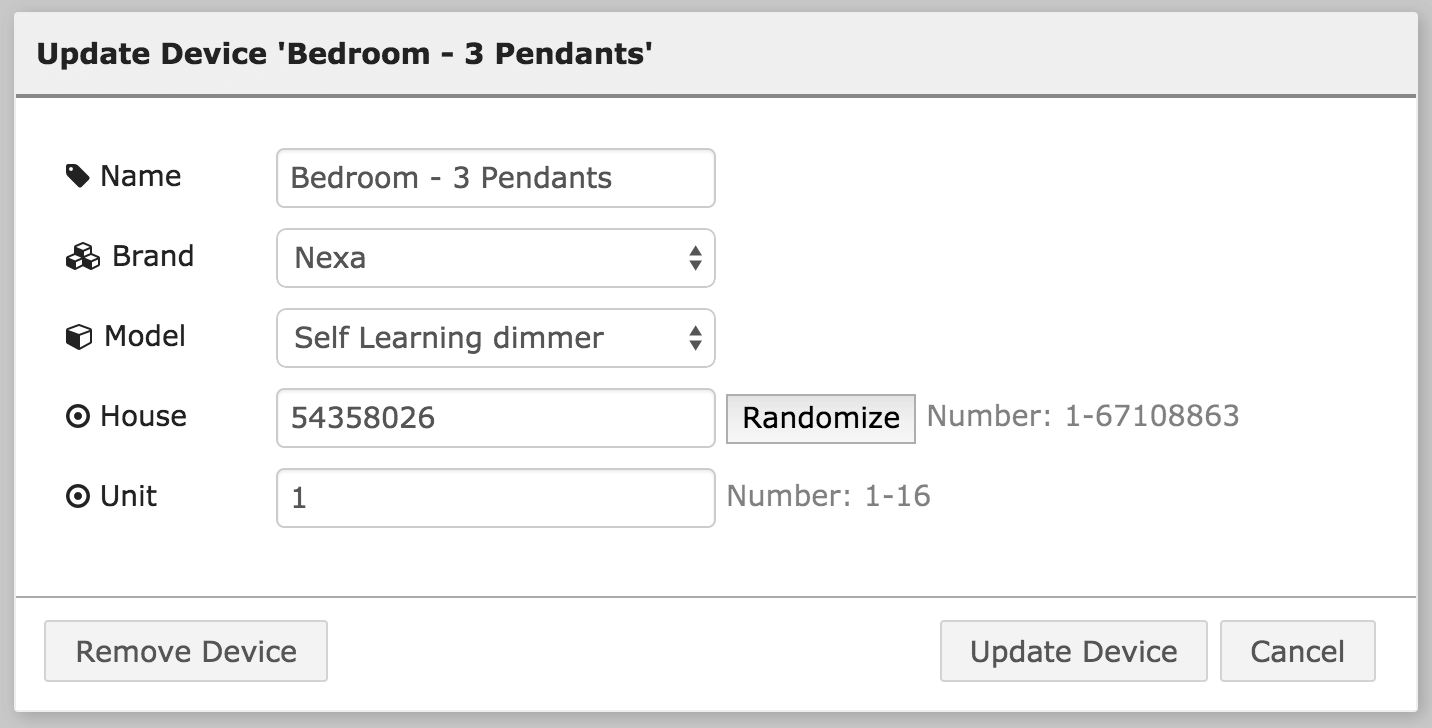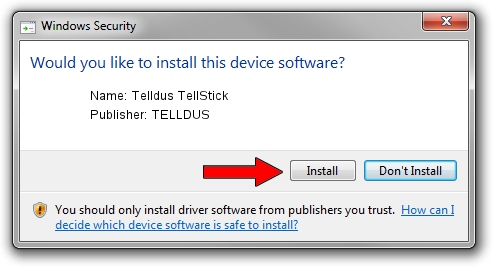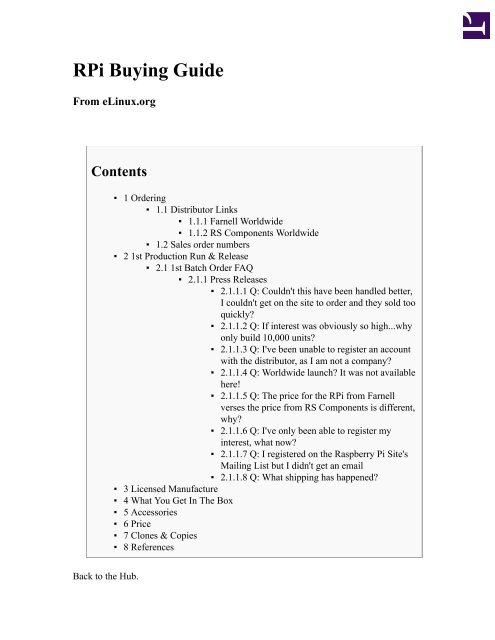- Examples Of Usb Devices
- What Is A Usb Devices
- Download Telldus Usb Devices Driver Win 7
- Best Usb Devices
NetHomeServer cannot access the driver while Telldus Center is installed. Download Windows Drivers. Installation steps. Download the drivers and unzip the file. Run the setup.exe file for the os version you have. Plug in the Tellstick in an USB port. Windows will find and install the Tellstick Serial Converter. Open the device. USBView is a free utility from Microsoft that displays the USB connection tree and shows the USB devices that are connected to it together with their configuration data. This is very useful for debugging USB enumeration errors. USBView runs under Windows 98, ME,2000, XP, Windows 7 and Windows 8/8.1. Download drivers to communicate. NI-DAQmx provides support for customers using NI data acquisition and signal conditioning devices. GPIB, serial, USB,. LG USB Drivers Ver. 4.5.0 and LG USB Drivers Ver 4.4.2 In this post, you can download and install the latest LG USB Drivers Ver 4.5.0 for your LG Phones or tablets. In order to establish communications between your LG devices and computer, you need to install the latest LG Drivers properly onto your computer.
The Tellstick Duo requires installation of drivers to work with OpenNetHome. The installation differs between Windows, Linux and Mac. Currently I have no installation procedure for Mac, if someone could help here it would be appriciated…
- Installation on Mac not yet supported…
Note – if you have used the RaspberryPi installation script for OpenNetHome. you don’t have to do anything more – the drivers for Tellstick are already installed!
The needed serial drivers are available in Linux kernel, but since the Tellstick device has its own product id, we must configure Linux so it also accepts this id as a serial port. These instructions work for Debian based Linux like Ubuntu.
Examples Of Usb Devices
Installation steps
1. Download and unzip the installation scripts:
wget http://media.opennethome.org/2014/03/ftdi_linux.zip
unzip ftdi_linux.zip
2. Make install script executable and run it
cd ftdi
chmod +x install.sh
sudo ./install.sh
3. Plug in the Tellstick. If you run dmesg, you should see that it has found the Tellstick and installed it as a serial port.
dmesg
In order for NetHome to be able to communicate with the Tellstick transceiver, you must install drivers that make the Tellstick appear as a COM-port. The instructions below are for Windows 7, but should work for all versions of Windows.
Note – If you have installed Telldus center first, you must uninstall that before you install these drivers. NetHomeServer cannot access the driver while Telldus Center is installed.
Installation steps
1. Download the drivers and unzip the file
2. Run the setup.exe file for the os version you have.
3. Plug in the Tellstick in an USB port. Windows will find and install the Tellstick Serial Converter
4. Open the device manager window. This can be done for example by typing “mmc devmgmt.msc” in the search field in the start menu (or after pressing Windows-button in Windows 8):
5. In the bottom section you will now see the Tellstick Serial Converter. Right click on it and select properties:
6. In the “Advanced”-tab, check the “Load VCP” checkbox and press ok.

7. Unplug the Tellstick and plug it in again. Windows will now discover the serial port and install the driver. In the Ports-section there should now be a serial port called Tellstick Serial Port. Take note which com port number it was assigned (COM8 for example) as this is the name you will use in NetHomeServer.
If your computer doesn't recognize your connected device, you might see an unknown error or a '0xE' error. If you do, follow these steps and try to connect your device again after each step:
- Make sure that your iOS or iPadOS device is unlocked and on the Home screen.
- Check that you have the latest software on your Mac or Windows PC. If you're using iTunes, make sure you have the latest version.
- Make sure that your device is turned on.
- If you see a Trust this Computer alert, unlock your device and tap Trust.
- Unplug all USB accessories from your computer except for your device. Try each USB port to see if one works. Then try a different Apple USB cable.*
- Restart your computer.
- Restart your device:
- Try connecting your device to another computer. If you have the same issue on another computer, contact Apple Support.
For more help, follow the steps below for your Mac or Windows PC.
* Learn how to connect iPad Pro (11-inch) or iPad Pro 12.9-inch (3rd generation) to your computer.
If you use a Mac
- Connect your iOS or iPadOS device and make sure that it's unlocked and on the Home screen.
- On your Mac, hold down the Option key, click the Apple menu, and choose System Information or System Report.
- From the list on the left, select USB.
- If you see your iPhone, iPad, or iPod under USB Device Tree, get the latest macOS or install the latest updates. If you don't see your device or still need help, contact Apple Support.
If you use a Windows PC
The steps differ depending on if you downloaded iTunes from the Microsoft Store or from Apple.
If you downloaded iTunes from the Microsoft Store
Follow these steps to reinstall the Apple Mobile Device USB driver:
- Disconnect your device from your computer.
- Unlock your iOS or iPadOS device and go to the Home screen. Then reconnect your device. If iTunes opens, close it.
- Click and hold (or right-click) the Start button, then choose Device Manager.
- Locate and expand the Portable Devices section.
- Look for your connected device (such as Apple iPhone), then right-click on the device name and choose Update driver.
- Select 'Search automatically for updated driver software.'
- After the software installs, go to Settings > Update & Security > Windows Update and verify that no other updates are available.
- Open iTunes.
If you downloaded iTunes from Apple
Follow these steps to reinstall the Apple Mobile Device USB driver:

- Disconnect your device from your computer.
- Unlock your iOS or iPadOS device and go to the Home screen. Then reconnect your device. If iTunes opens, close it.
- Press the Windows and R key on your keyboard to open the Run command.
- In the Run window, enter:
%ProgramFiles%Common FilesAppleMobile Device SupportDrivers - Click OK.
- Right-click on the
usbaapl64.inforusbaapl.inffile and choose Install.
You might see other files that start withusbaapl64orusbaapl. Make sure to install the file that ends in .inf. If you’re not sure which file to install, right-click a blank area in the File Explorer Window, click View, then click Details to find the correct file type. You want to install the Setup Information file. - Disconnect your device from your computer, then restart your computer.
- Reconnect your device and open iTunes.
If your device still isn't recognized

What Is A Usb Devices

Check Device Manager to see if the Apple Mobile Device USB driver is installed. Follow these steps to open Device Manager:
- Press the Windows and R key on your keyboard to open the Run command.
- In the Run window, enter
devmgmt.msc, then click OK. Device Manager should open. - Locate and expand the Universal Serial Bus controllers section.
- Look for the Apple Mobile Device USB driver.
If you don't see the Apple Mobile Device USB Driver or you see Unknown Device:
- Connect your device to your computer with a different USB cable.
- Connect your device to a different computer. If you have the same issue on another computer, contact Apple Support.
If you see the Apple Mobile Device USB driver with an error symbol:
Download Telldus Usb Devices Driver Win 7
If you see , , or next to the Apple Mobile Device USB driver, follow these steps:
Best Usb Devices
- Restart the Apple Mobile Device Service.
- Check for and resolve issues with third-party security software, then restart your computer.
- Try to install the
usbaapl64.inforusbaapl.inffile again.




